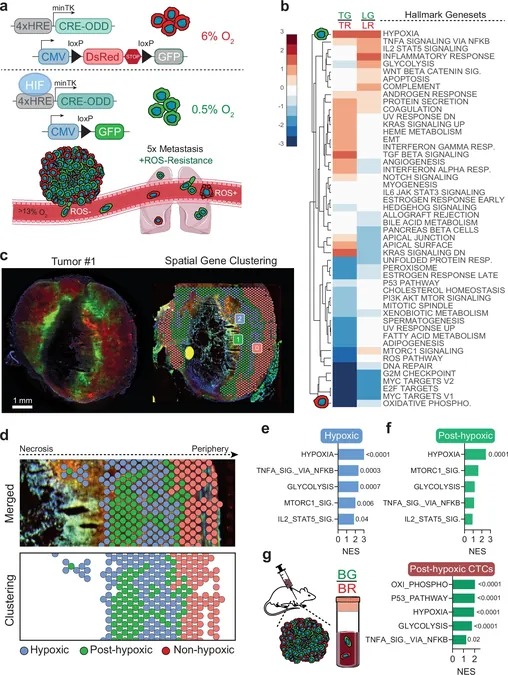
Exploring the Future of Earth's Technosphere: Are We Bound by Luminosity and Mass?
2024-11-01
Author: Wei Ling
As humanity continues to advance technologically, Earth stands out as the only known planet to have developed a complex technosphere. Researchers now believe that understanding our planet's trajectory can not only shed light on our future but also inform the search for similar civilizations beyond our solar system.
Traditionally, scientists have relied on the Kardashev scale to gauge the potential energy consumption of civilizations, proposing that advanced societies could harness all the energy produced by their planet, their star, or even the galaxies themselves. However, a thought-provoking perspective from a recent study argues that the Kardashev scale may be more accurately represented as a "luminosity limit." This concept suggests that there's an upper bound to the energy that civilizations can feasibly capture from their stars within a defined area. The research emphasizes that thermodynamic efficiency will perpetually prevent a civilization from reaching this theoretical peak.
The study further postulates that a highly advanced technosphere could transcend these luminosity limits by shifting its energy acquisition focus from light to mass. This intriguing idea raises questions about the evolutionary paths that could bridge the gap between our current technological state and a future inhabited by what the researchers call "stellivores"—civilizations that subsist by harvesting stellar mass.
To navigate the potential future pathways of long-lived technospheres, the researchers propose a framework that balances exploration and exploitation, a stark contrast to our current plight on Earth, which often favors the latter at the expense of sustainability.
Additionally, the researchers touched on the role of compact accreting stars in testing the stellivore hypothesis, creating new possibilities for astrobiological research. They advocate for an expansion of technosignature search methods, encouraging scientists to broaden their focus beyond just the luminosity limit, which could revolutionize our understanding of possible intelligent life in the universe.
As we stand at the crossroads of technological evolution, the insights drawn from this study could not only pave the way for sustainable growth on Earth but also inspire our quest to uncover the mysteries of other technospheres that might exist among the stars. Are we ready to explore the fascinating possibilities of our future? Stay tuned for more groundbreaking discoveries!




 Brasil (PT)
Brasil (PT)
 Canada (EN)
Canada (EN)
 Chile (ES)
Chile (ES)
 España (ES)
España (ES)
 France (FR)
France (FR)
 Hong Kong (EN)
Hong Kong (EN)
 Italia (IT)
Italia (IT)
 日本 (JA)
日本 (JA)
 Magyarország (HU)
Magyarország (HU)
 Norge (NO)
Norge (NO)
 Polska (PL)
Polska (PL)
 Schweiz (DE)
Schweiz (DE)
 Singapore (EN)
Singapore (EN)
 Sverige (SV)
Sverige (SV)
 Suomi (FI)
Suomi (FI)
 Türkiye (TR)
Türkiye (TR)